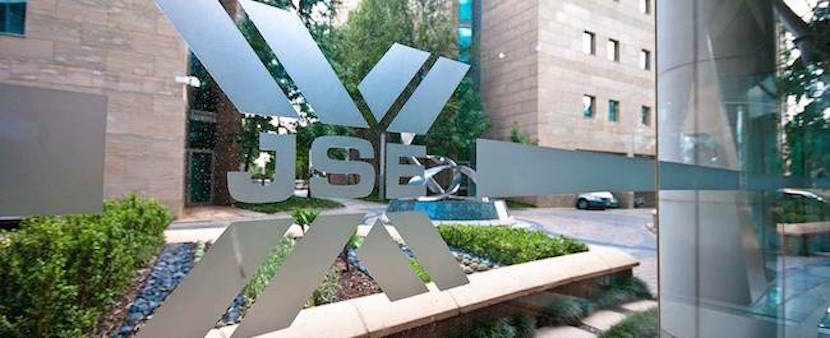By Ted Black*
A remark at the end of my last ROAM article that looked at Nampak and its critical number, made me smile. It suggested there was little correlation between its Cash ROAM result and market value … “rather like a starry night in June” was how he vividly put it.
Instead of one company, let’s build on his good analogy and apply the same approach to the JSE. Here it is on a “Starry night” in 2015.
Out of 139 firms in commercial, mining and industrial sectors, the correlation between the cash productivity of assets and market cap is the same as Nampak’s – a moderate one at 0.6.
Take out two big outliers – Naspers with a very low Cash ROAM but high valuation and Kumba with the opposite situation, and the correlation improves by a point.
However, that isn’t the real issue. Is the link still strong enough to lead to better questions for managers? That’s what matters.
If the overall market, industry and sector influence a firm’s share price more than its own performance – then the correlation with market cap may not be that strong in the short term. But what happens over the long term?
In the end, doesn’t a firm’s value fundamentally derive from the cash productivity of its asset base?
What can be more valuable to society – employees, suppliers, customers, shareholders, and the wider community, than a company run by ethical people who generate and reinvest cash at the highest rate they can into future opportunities?
So let’s dig a bit deeper and look at a sector of the night sky – Food Producers.
The correlation is high – 0.9. For management, the message is clear. A higher Cash ROAM will most probably lead to a higher valuation in the sector. But which number in the Cash ROAM equation – one ignored by most financial people and as a result most management – can have a big effect on valuation?
Wait for dawn to arrive and look at two companies within the sector in the cold light of day. They are RCL Foods and Astral. First are their relative Cash Operating Margins – the number that is always looked at and is the prime driver of short-term movements in the share price.
There is little difference in their Cash Return-on-Sales (ROS%) over many years – around 1% on average. This number seems influenced strongly by external market factors.
But what about the other number in the ROAM equation – the sales productivity of the asset base (ATO or Asset Turnover)? Unlike the ROS%, this is an internal measure of market strategy and management ability.
The gap is a big one – 100% – and wider because today RCL Foods’ diversification strategy has almost quadrupled its asset base since 2013. The climb back has started.
Combine the two numbers and we get the Cash ROAM.
For thirteen years out of fourteen, Astral has had a higher Cash ROAM based mainly on its higher asset productivity. This is the effect on relative Value-of-the-Firm (VOF).
Since listing in 2002, Astral’s relative value has always been a lot higher than RCL Foods.
So going back to Peter Drucker urging us to train and develop at all levels, what is Rainbow’s critical number … the one that many firms should focus on but don’t attach enough importance to?
- Ted Black runs workshops, and coaches and mentors using the ROAM model to pinpoint opportunities for measurable, bottom-line, team-driven projects. He is also a freelance writer with several books published. Contact him at [email protected].








